
Cisco Certified CyberOps Associate 200-201 Certification Guide. Learn blue teaming strategies and incident response techniques to mitigate cybersecurity incidents Glen D. Singh
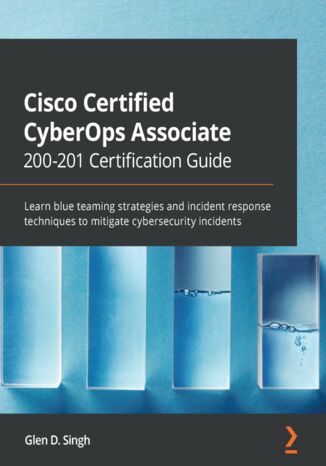



- Autor:
- Glen D. Singh
- Wydawnictwo:
- Packt Publishing
- Ocena:
- Stron:
- 660
- Dostępne formaty:
-
PDFePubMobi
Opis
książki
:
Cisco Certified CyberOps Associate 200-201 Certification Guide. Learn blue teaming strategies and incident response techniques to mitigate cybersecurity incidents
The book covers the essentials of network security concepts and shows you how to perform security threat monitoring. You'll begin by gaining an in-depth understanding of cryptography and exploring the methodology for performing both host and network-based intrusion analysis. Next, you'll learn about the importance of implementing security management and incident response strategies in an enterprise organization. As you advance, you'll see why implementing defenses is necessary by taking an in-depth approach, and then perform security monitoring and packet analysis on a network. You'll also discover the need for computer forensics and get to grips with the components used to identify network intrusions. Finally, the book will not only help you to learn the theory but also enable you to gain much-needed practical experience for the cybersecurity industry.
By the end of this Cisco cybersecurity book, you'll have covered everything you need to pass the Cisco Certified CyberOps Associate 200-201 certification exam, and have a handy, on-the-job desktop reference guide.
Wybrane bestsellery
Glen D. Singh - pozostałe książki
Packt Publishing - inne książki
Dzięki opcji "Druk na żądanie" do sprzedaży wracają tytuły Grupy Helion, które cieszyły sie dużym zainteresowaniem, a których nakład został wyprzedany.
Dla naszych Czytelników wydrukowaliśmy dodatkową pulę egzemplarzy w technice druku cyfrowego.
Co powinieneś wiedzieć o usłudze "Druk na żądanie":
- usługa obejmuje tylko widoczną poniżej listę tytułów, którą na bieżąco aktualizujemy;
- cena książki może być wyższa od początkowej ceny detalicznej, co jest spowodowane kosztami druku cyfrowego (wyższymi niż koszty tradycyjnego druku offsetowego). Obowiązująca cena jest zawsze podawana na stronie WWW książki;
- zawartość książki wraz z dodatkami (płyta CD, DVD) odpowiada jej pierwotnemu wydaniu i jest w pełni komplementarna;
- usługa nie obejmuje książek w kolorze.
Masz pytanie o konkretny tytuł? Napisz do nas: sklep@helion.pl
Książka drukowana






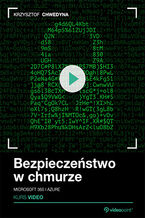



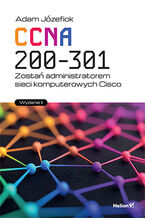


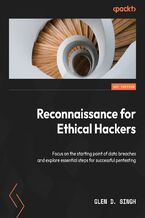

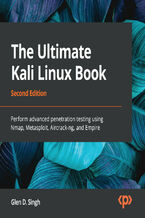

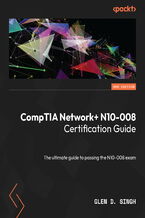
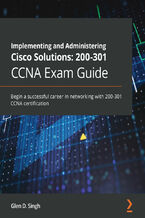
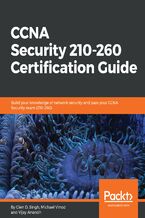
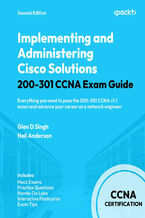
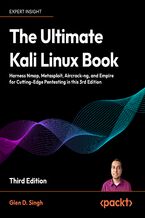
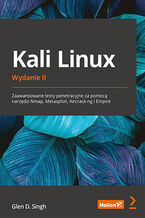
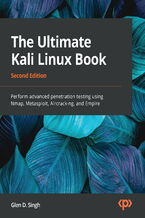
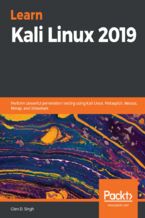





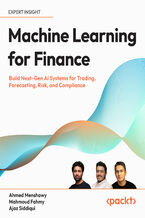
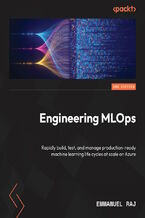

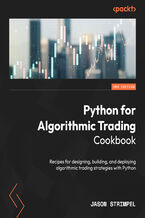

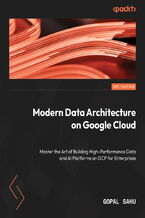

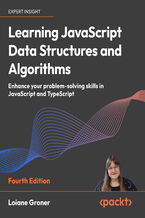
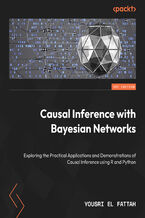
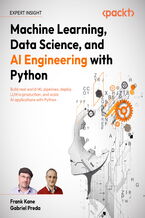



Oceny i opinie klientów: Cisco Certified CyberOps Associate 200-201 Certification Guide. Learn blue teaming strategies and incident response techniques to mitigate cybersecurity incidents Glen D. Singh
(0)